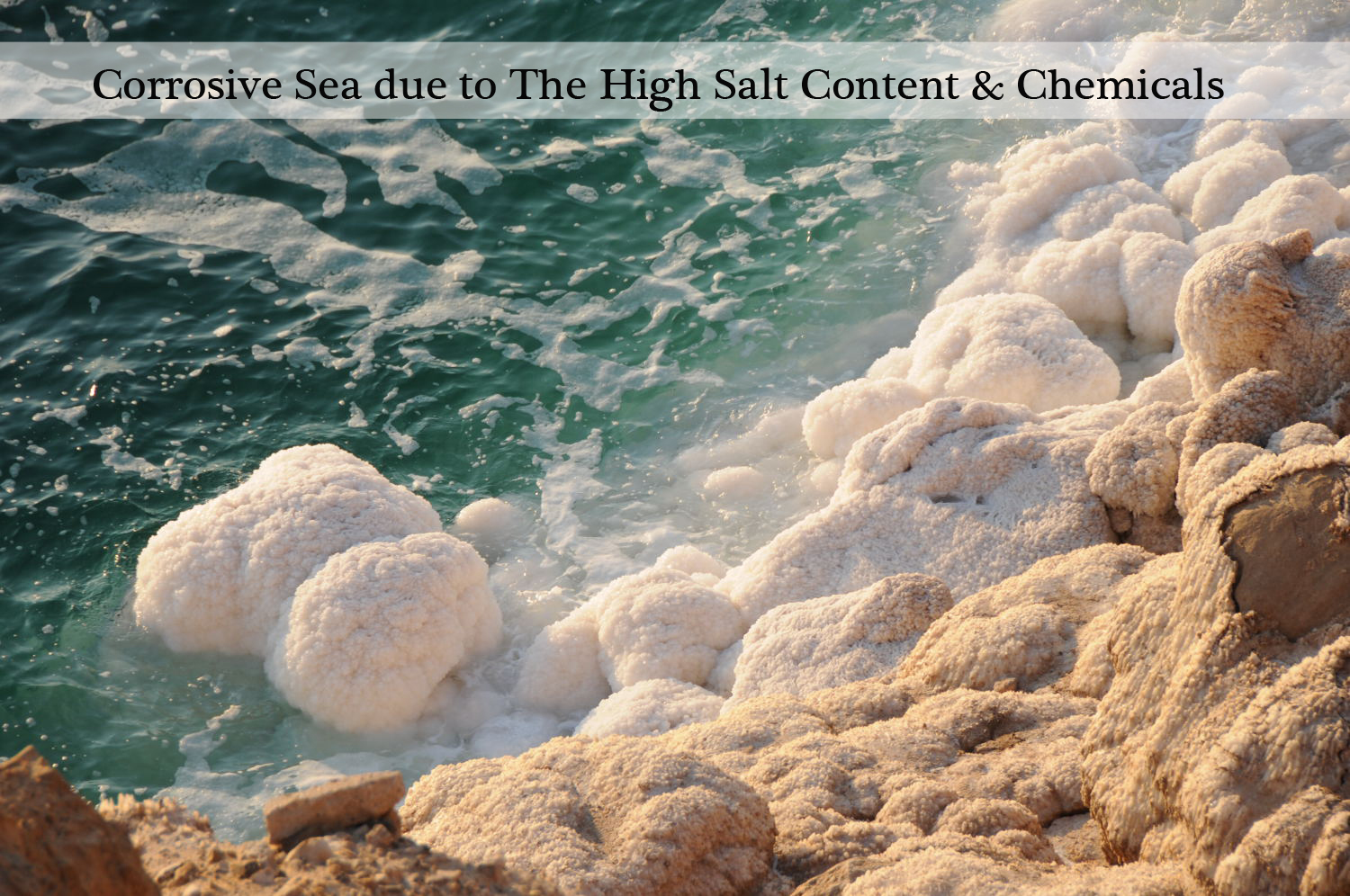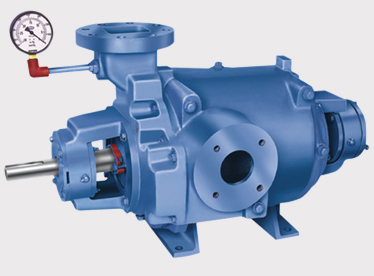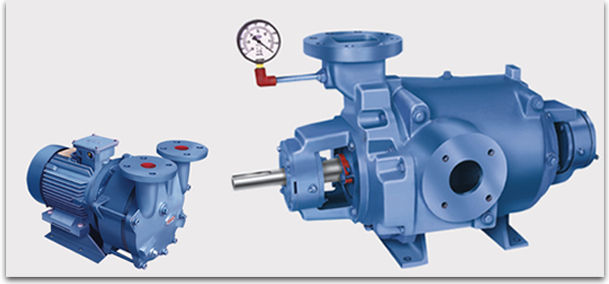Performing Heavy Duty Marine Vacuuming Operations Using Liquid And Water Ring Pumps
Nature of marine operations
This industry is one of the most important transport industries in the world. Ships are used to transport heavy cargo in most parts of the world. Naval, coast guard and commercial ships require a wide range of heavy duty equipment.
This industry is characterized by heavy duty equipment that must deliver high power to propel the ship and run other huge machinery that moves tons of products.

Cost-benefits of using liquid ring pumps
These special machines use the fluid they propel as the sealant for vacuuming operations. This saves on operation cost and the need to provide another hydraulic circuit for the sealing liquid.
Unlike piston and centrifugal machines where seals are expensive and maintained regularly, they use the working fluid as the seal and this saves on costs.
Due to lack of mechanical seals that undergo friction and wear, the fluid provide a perfect seal creating a medium that allow for more air extraction using less energy.
Special materials consideration in design marine liquid vacuum pumps
Sea and ocean water is very corrosive due to the high salt content and other chemicals. All parts must be manufactured with materials that resist rusting and corrosion.

To ensure reliability, materials with high strength, durable and anticorrosive properties are used. These include bronze, stainless steel, nickel and copper.
Factors to consider when selecting single or double stage LVP
Most ship propellers are either single or double stage pumps. The choice of these machines depends on the CFM rate. This rate determines the speed at which air is expelled (Cubic Feet per Minute).
For applications requiring between 10 – 70 CFM, single stage machines are used. When higher extraction rates or deeper vacuum are required, two stage machines are used.
Priming of centrifugal machines in marine using LVP
These equipments have been used for many years in priming of large centrifugal propellers. These devices are used for priming bilge and transfer propellers. Condensers, engines and compressors require air to be extracted to prevent air lock and facilitate easy starting up.
Since a number of applications require priming, a central vacuum tank is installed and these devices used to force gases out. Valves are then connected from the tank to pumps and condensers such that when valves are opened, they prime all systems.
De-aeration and distillation degassing using LVP
Most ships usually desalinate water from the sea through distillation to get fresh water. This process uses vacuum to reduce the pressure and subsequently the boiling point of water. Low temperature means low energy distillation process.
Very large ship engines require steam to propel turbines, after running the turbine; the steam is taken for condensation in a condenser. Liquid Ring Vacuum Pumps are used to create the initial vacuity (hogging) and also maintain it (holding). This effectively removes air which cannot be condensed.

Application in turbine exhausters
These devices are also used to remove gas from many main applications. In de-areation or degaussing, a lot of air is actively removed by developing negative pressure to suck the air.
This article has been posted by Ajit Joshi.

















